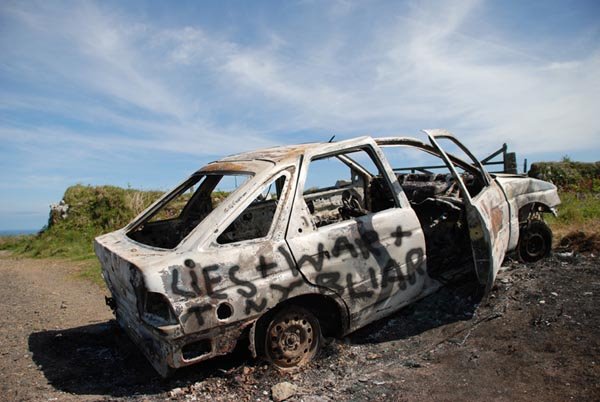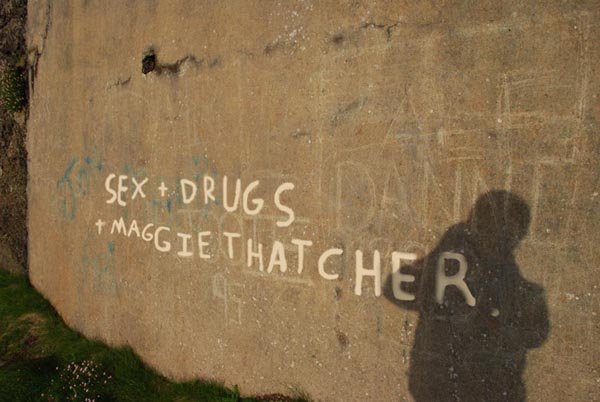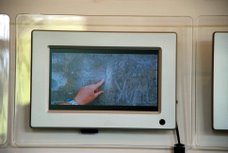The graffiti in the tunnel leading to the man engine shaft was at first thought to have been written in the period following the accident which led to the deaths of the 31 men in 1914. On its discovery the National Trust commissioned a team of conservators for advice on the best way of preserving it. When the man had heard about the interest surrounding this discovery he returned to Levant with the lamp he had used and demonstrated how he had done it. Once he had owned up to his handy work the interest in the graffiti diminished.
Perhaps this was due to the contemporary age of the graffiti, the practicalities of conserving the graffiti and the relatively low value in which this kind of activity is
widely regarded, sadly it now barely exists. With the practicalities of conserving it aside, I would argue, given that someone had returned to the site some 40 years later to ensure that the event would still not be forgotten, makes it all the more interesting. It reveals the importance of cultural history and their need to reaffirm it in some way.











































